A new browser called Surf, developed by startup Deta, is making waves with its innovative AI-powered features. Max Eusterbrock, one of Deta’s cofounders, demonstrated Surf over Zoom, showcasing its unique capabilities. In one example, he asked me to pick a YouTube video, so I chose Cleo Abram’s latest on digging through the center of the Earth. He then asked if I had a question about the video. Recalling Abram’s mention of the Earth’s depth, I shared the query. Using Surf’s built-in chatbot, Eusterbrock typed the question. Within moments, the browser produced an answer, along with a timestamp and a direct link to the video segment where the topic was addressed.
How Surf Works
Surf’s process is simple yet powerful. It extracts the automatically generated transcript from a YouTube page and uses an AI model, which combines OpenAI’s technology with Deta’s proprietary tools, to perform a semantic search. This allows Surf to locate the relevant section of the video, generate an answer, and provide the link to the exact timestamp.
Currently, Surf is in its infancy, labeled as version 0.1. A public release is planned for next year. For now, it’s available only as a desktop browser, and Eusterbrock admits it’s unlikely to replace mainstream browsers immediately. Its basic design, based on Chromium, includes standard horizontal tabs and a simple interface. However, what sets it apart is its AI integration, which reflects the growing interest in connecting artificial intelligence with the open web.
AI-Powered Chatbot at the Core
Surf’s defining feature is its chatbot, accessible via a sidebar. This chatbot can view and interact with everything you browse, making it a powerful tool for organizing and retrieving information. While this could raise security concerns, Deta plans to perform much of the processing locally to mitigate potential risks. Unlike standalone AI models like ChatGPT, Surf’s chatbot is deeply integrated into the browsing experience. It can analyze private documents, emails, and anything visible in your browser, adding a layer of convenience to online tasks.
Context-Based Organization
One of Surf’s standout features is its use of “contexts,” which function like folders. Users can organize notes, links, screenshots, and files within these contexts, creating a centralized hub for related materials. The chatbot can query a single file or an entire context, making it a versatile tool for managing information. This feature resembles Google’s NotebookLM, which enables users to search and ask questions across links and documents. Additionally, Surf’s system can suggest categorizing saved items into relevant contexts, streamlining organization.
Additional AI Features
Surf offers several other AI-powered tools. For example, when users select text in a PDF, the browser employs optical character recognition (OCR) to ensure clean text extraction, avoiding the garbled results often associated with copying text from PDFs. The chatbot can also modify webpages based on user instructions. During the demo, Eusterbrock used it to filter out all but “Show HN” posts on Hacker News, demonstrating how the browser can tailor the web experience to user preferences. Although Surf cannot directly interact with web apps on a user’s behalf, it can analyze and manipulate visible content on a page.
Surf’s Evolution and Future Plans
Deta’s journey to Surf began with its earlier project, Space, a cloud-based operating system designed to run in a browser tab. However, the team realized that creating a new OS also required building numerous apps and services, which proved limiting. As Eusterbrock put it, “We had all these apps — like a Notion clone, but a lot worse than Notion.” Ultimately, they concluded that the browser itself was the most powerful platform to develop, as it could seamlessly operate across tabs, apps, and websites. This philosophy aligns with efforts by other companies like OpenAI, Google, and The Browser Company, which are also exploring the potential of browser-based innovation.
Surf retains some elements of Space, such as a desktop-style homescreen where users can pin items for easy access and a universal search system. These features enhance the browsing experience, blending traditional functionality with modern AI-driven tools.
Business Model and Monetization
Deta plans to monetize Surf by charging for its AI features. Eusterbrock compares the model to apps like Obsidian, which offer a free basic version but charge for advanced services like syncing and publishing. Once the cloud-based AI features incur operational costs, Deta expects this approach to sustain its business. The company has ambitious plans, including more tools and features to help users organize their lives through AI.
Surf’s Potential
While Surf is still in its early stages, it has the potential to redefine how we use browsers. By integrating AI deeply into the browsing experience, it offers powerful tools for organization, search, and customization. If Deta succeeds in making Surf a browser people are willing to adopt, it could pave the way for a new era of AI-driven web interactions.
